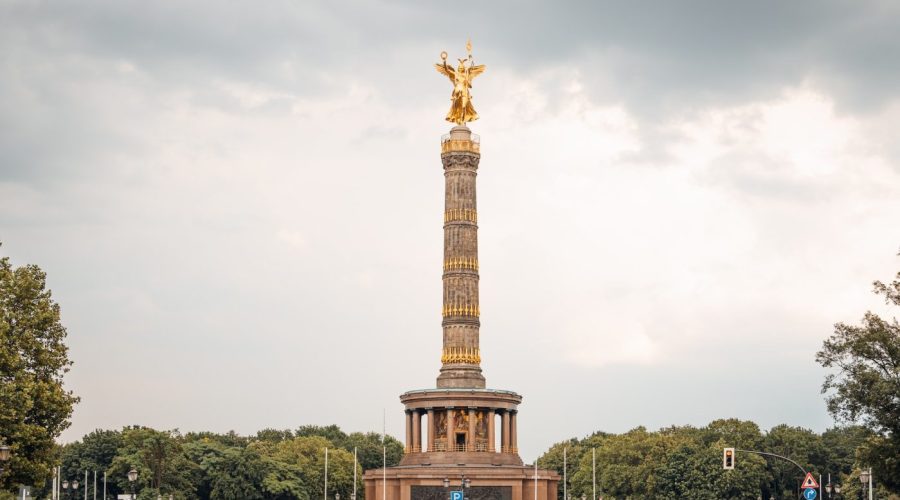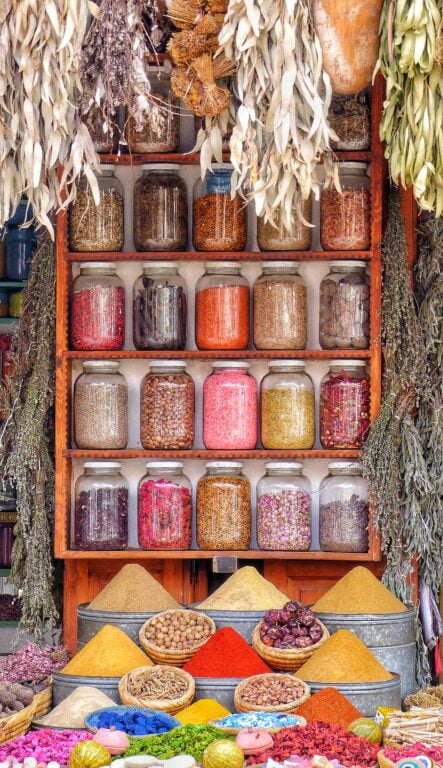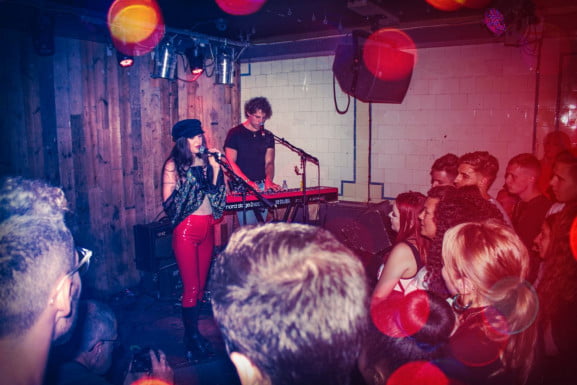Karlskirche (St. Charles Church) Vienna
Vienna exists beyond its fame for royal residences and visitor attractions as it features extraordinary churches throughout its urban area. The city of Vienna hosts several spectacular baroque temples which rank among the finest sacred structures worldwide. After arriving in Vienna you must explore the city’s churches regardless of your faith. The Viennese churches function as religious buildings and serve as beautiful structures of artistic creation. Given limited time it is wise to dedicate some attention to visiting one religious building. When you visit Vienna, what major church should you choose to see? What church will display its past creative heritage and cultural value most effectively? Vienna travelers need to experience Karlskirche since this church stands among the top temples of the city.
People see this place of worship as the most beautiful church in Vienna and place it among Europe’s greatest sacred buildings. Both people and official visitors use Karl’s Church for its name and also recognize it as the Church of Karl.
Charles Church stands out as a top baroque church north of the Alps in architectural design. The project to build this impressive building started in 1716 with Johann Bernhard Fischer von Erlach as designer until his son Joseph Emanuel finished it by 1723.
Johann Bernhard Fischer von Erlach held special value as a court architect in Vienna. The current appearance of Vienna mainly results from his planning.
Following the last plague died out the building served its dedication to St. Charles Borromäus and received its naming honor. Charles VI ordered a church construction to honor St. Charles Borromäus after becoming emperor under his namesake.
You can access the church at Innere Stadt because it stands 200 meters separate from Ringstrasse. This church location allows easy visits through Original Vienna Tours.
During Baroque times architecture contained diverse features that Fischer combined into this structure. During the Baroque period architects engaged with Rome and Greece to design elements which you can find in Karlskirche. When you view the dome you see a clear connection between it and eastern structures such as Agia Sofia in Istanbul and Roman-era Christian buildings. The main entrance pathway aligns with a Greek temple Portico design and Mattielli sculptural elements keep up the Trojan pole fashion from Rome. Two tall bell tower pavilions reflect the style of Roman Baroque architecture. From the distance you can spot the large dome that spreads dominance over this architectural masterpiece.
Under the direction of court officer Carl Gustav Haereus the visual program features Saint Charles Borromäus together with the imperial donor. On top of the entrance gable the sculpted figures highlight cardinals as the building donors. The spiral columns with temple reliefs show both the life of Charles Borromäus and the strength of imperial power through their reference to Pillars of Hercules. The entrance area displays statues of angels representing both New Testament and Old Testament scripture.
According to the frescoes painted by Johann Michael Rottmayr a petition from Charla Borromäus receives a response through the Madonna while multiple cardinals are showcased. The art in the chapel side walls comes from multiple artists including Daniel branch, Sebastiano Ricci, Martin Altomonteu, Jacob van Schuppen, and others.
Many leading artists from Vienna and Europe created their masterpieces to enhance this church.
Karlskirche delivers exceptional natural lighting for a church building. The building design creates extensive sunshine entry which enhances the amazing day-time church appearance so come during daylight hours to see it yourself. This church differs from traditional baroque churches because its natural marble appearance dominates over decorative gold surfaces. The work looks more beautiful as it prompts visitors to observe it peacefully instead of feeling overwhelmed.



